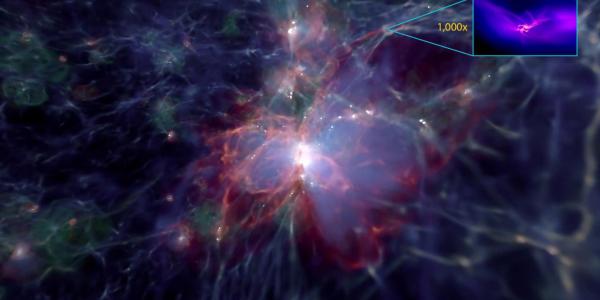Nuclear Physics Seminar with Jason Bub on Errors in Bayesian Model Calibration
Throughout the decades, much effort has gone into the development of high-quality microscopic nuclear interactions for use in the ever-evolving landscape of computational methods used to calculate nuclear properties. One set of models for nuclear interactions that have garnered interest in that time are derived from Effective Field Theory (EFT), which offers a low-energy approximation of quantum chromodynamics to the nuclear problem. Using such EFT-derived models with cutting-edge computational techniques, such as quantum Monte Carlo algorithms, has yielded highly-accurate and precise calculations of nuclear observables. However, like much of computational nuclear physics, proper quantification of uncertainty in these theoretical predictions is currently missing, making reconciling the theoretical models with experimental observations difficult. But all is not lost, as the inclusion of Bayesian methods to model calibration offers a robust, systematic approach to uncertainty quantification in EFT models. With a Bayesian viewpoint, we naively find statistical error from model calibration. But more importantly, we can include a full treatment of the uncertainty that arises from the truncation of the EFT perturbative series through the inclusion of such uncertainty in the model calibration.
However, a Bayesian approach brings hurdles that must be overcome in model calibration. Our first hurdle arises from increasing computational costs for model calibration, an issue not unfamiliar to much of computational nuclear physics as a whole. As such, much work has gone into developing surrogate models, also known as emulation, to reduce costs. We have ourselves begun ways to include emulation to make our Bayesian approach computationally feasible, where we can reduce costs by 2-3 orders-of-magnitude. And our second hurdle is in the inclusion of theoretical error in the model calibration. Here, we explore the use of different error models and ways to estimate the EFT breakdown scale, as these both affect the model calibration.

